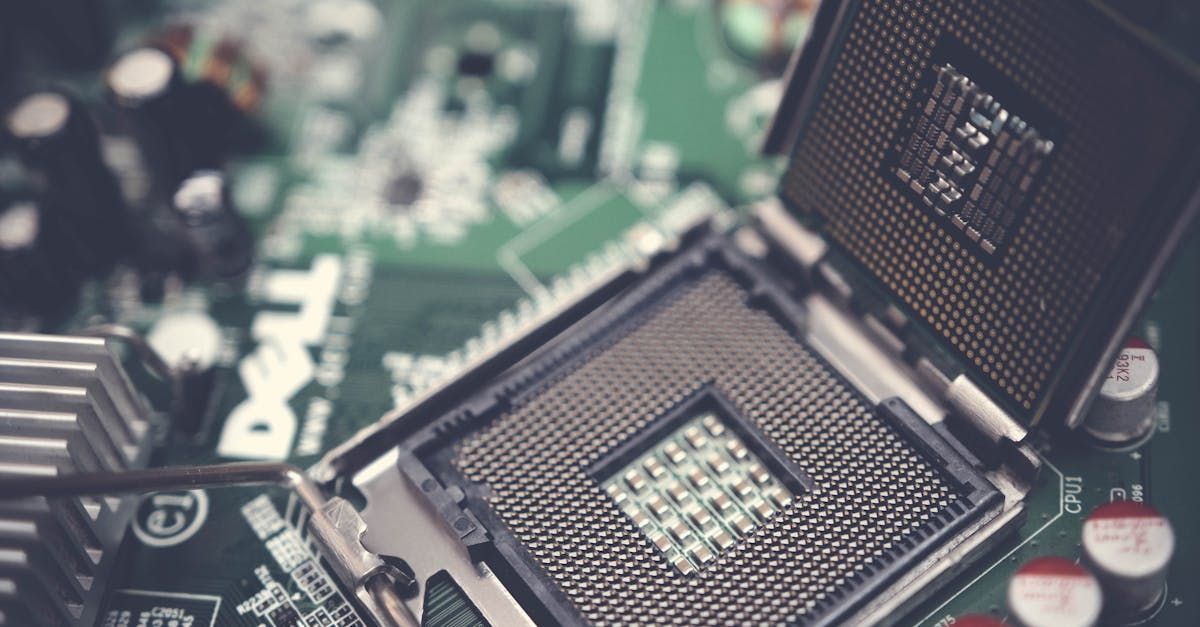Out gassed carbon from stainless steel can be a serious source of contamination and can damage synchrotron optics as well as deep Ultra Violet (DUV) and Extreme Ultra Violet (EUV) optics for semiconductor lithography. We are finding that many of these high profile labs are eliminating any potential carbon from stainless by using aluminum vacuum systems. Aluminum systems have essentially no carbon.
The carbon from stainless also reacts with the elemental hydrogen and departs the surface in a variety of hydrocarbons. Additionally, CO and CO² are produced by the abundance of carbon from the stainless steel when reacting with oxygen.
For some optical applications the vacuum level is less critical than the purity of the environment. This is typical in the semiconductor lithography market. Companies in this market are pulling UHV then backfilling with a pure gas and operating at relatively low vacuum but incredibly high purity levels: Ultra High Purity (UHP).
Also in the semiconductor lithography market some manufactures are looking for the inside of their ultra high purity system to be anodized. The dark anodized skin reduces the reflectance off the chamber wall and provides for a more controlled optical environment.
Atlas builds aluminum UHV and UHP chambers for synchrotron and semiconductor facilities seeking to eliminate these problems. Aluminum chambers can be sealed with rugged reliable Atlas flange joints which are aluminum flanges with a stainless knife-edge. These flanges permit aluminum vacuum chambers to offer superior UHV & UHP performance over stainless steel.












